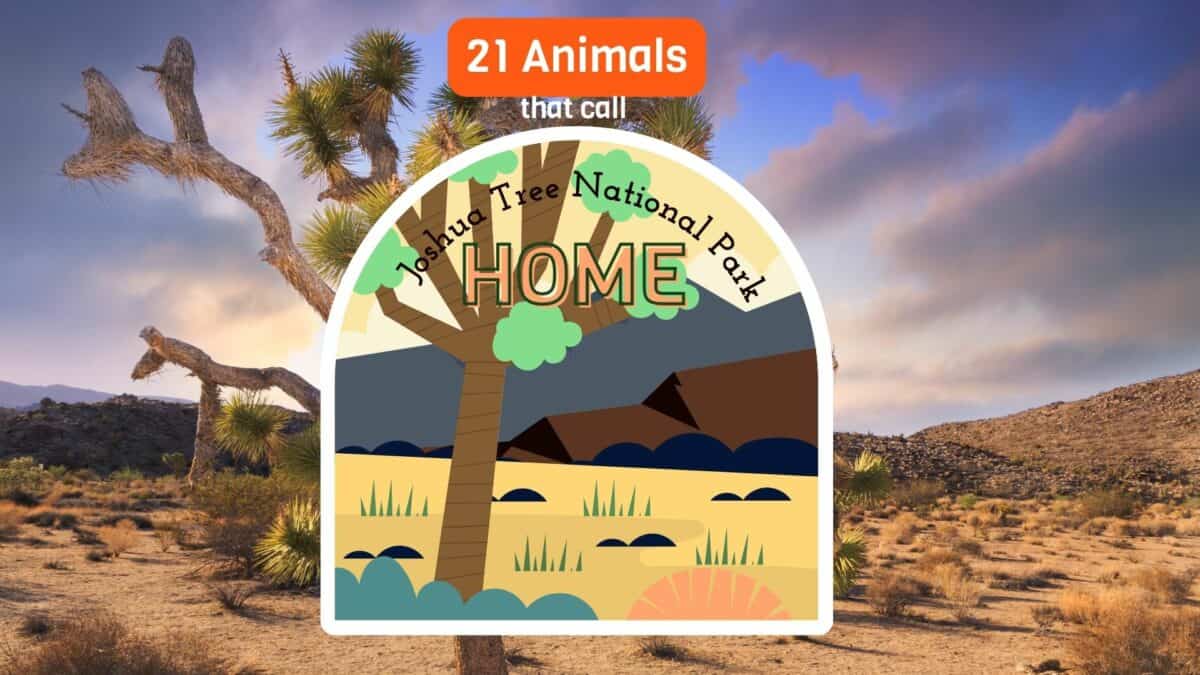Ever wondered which animals live in Joshua tree? Let’s discover which animals call Joshua tree home.
Desert Tortoise
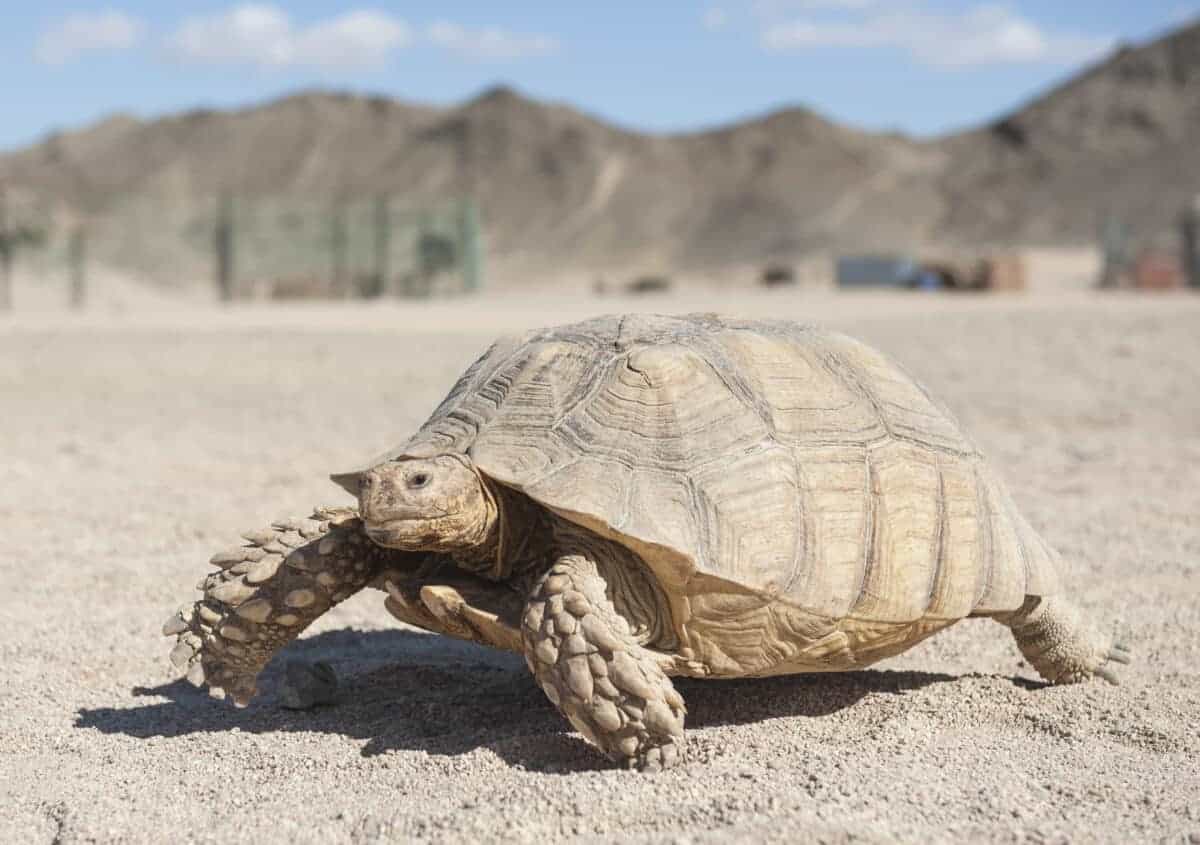
A symbol of the Mojave Desert, known for its slow movements and burrowing lifestyle.
Bighorn Sheep
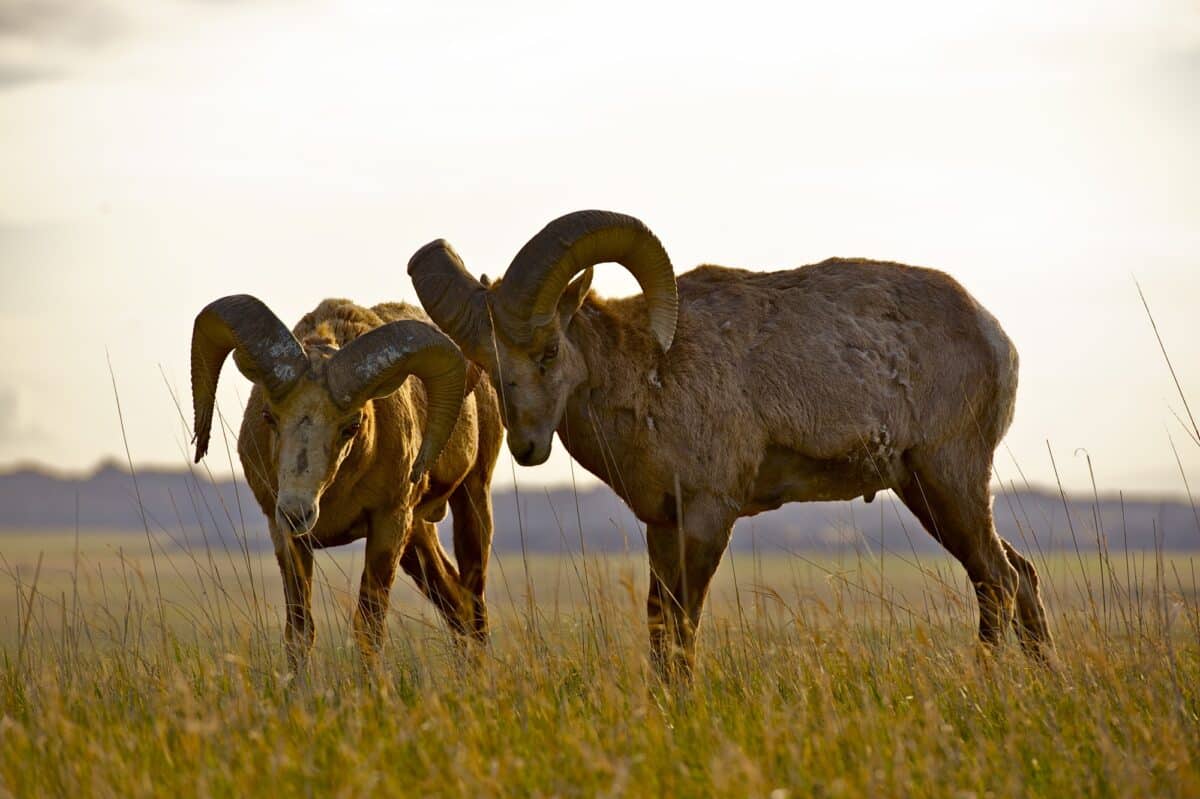
Iconic for their curved horns and mountainous habitats, they’re often seen in rocky areas.
Coyote
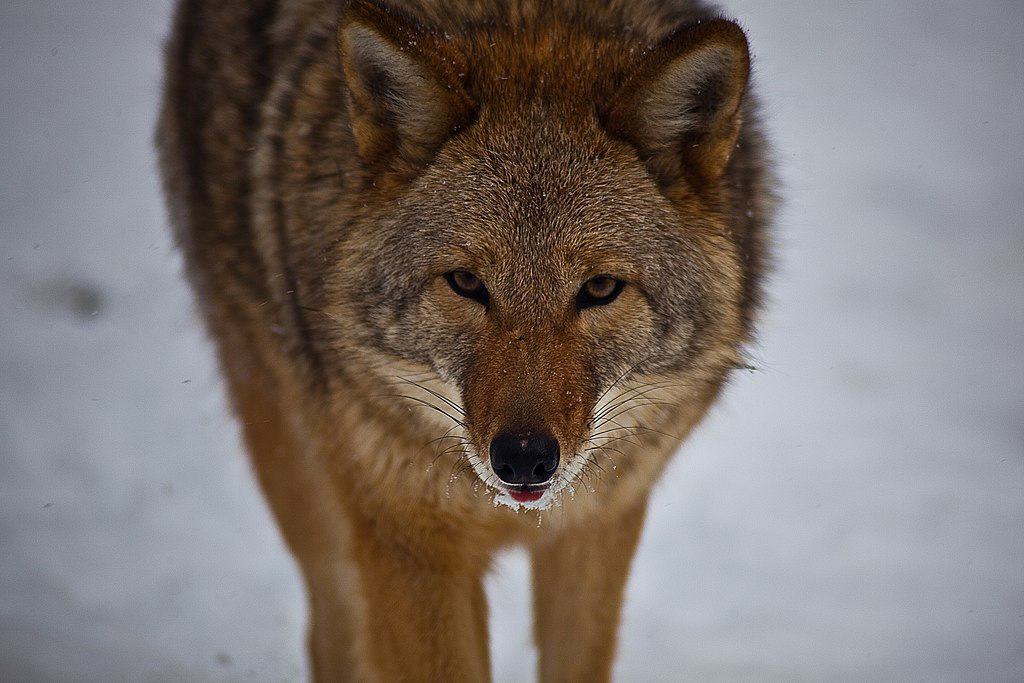
Adaptable canines that roam the park, known for their cleverness and versatility.
Blacktailed Jackrabbit
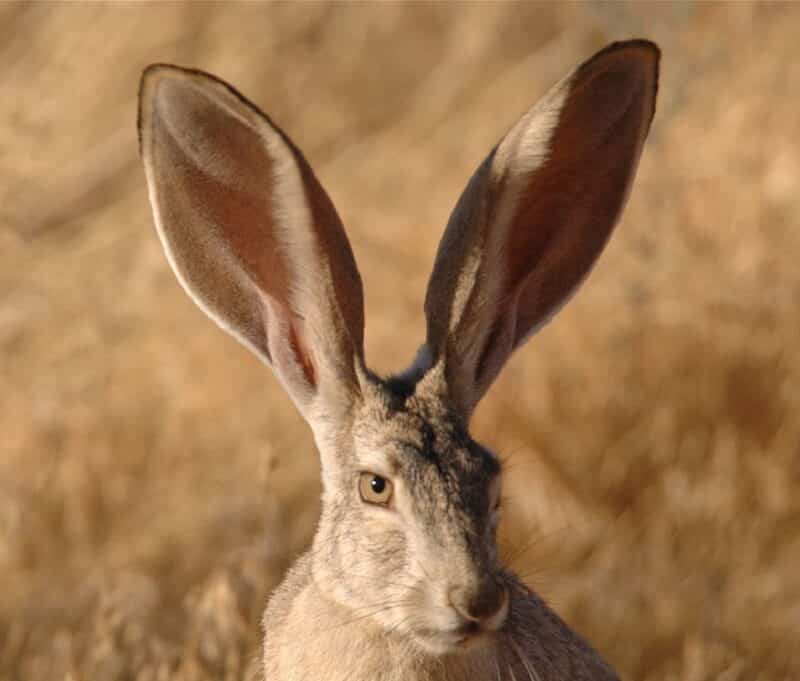
Recognizable by their long ears and powerful legs, these hares are common in open areas.
Greater Roadrunner
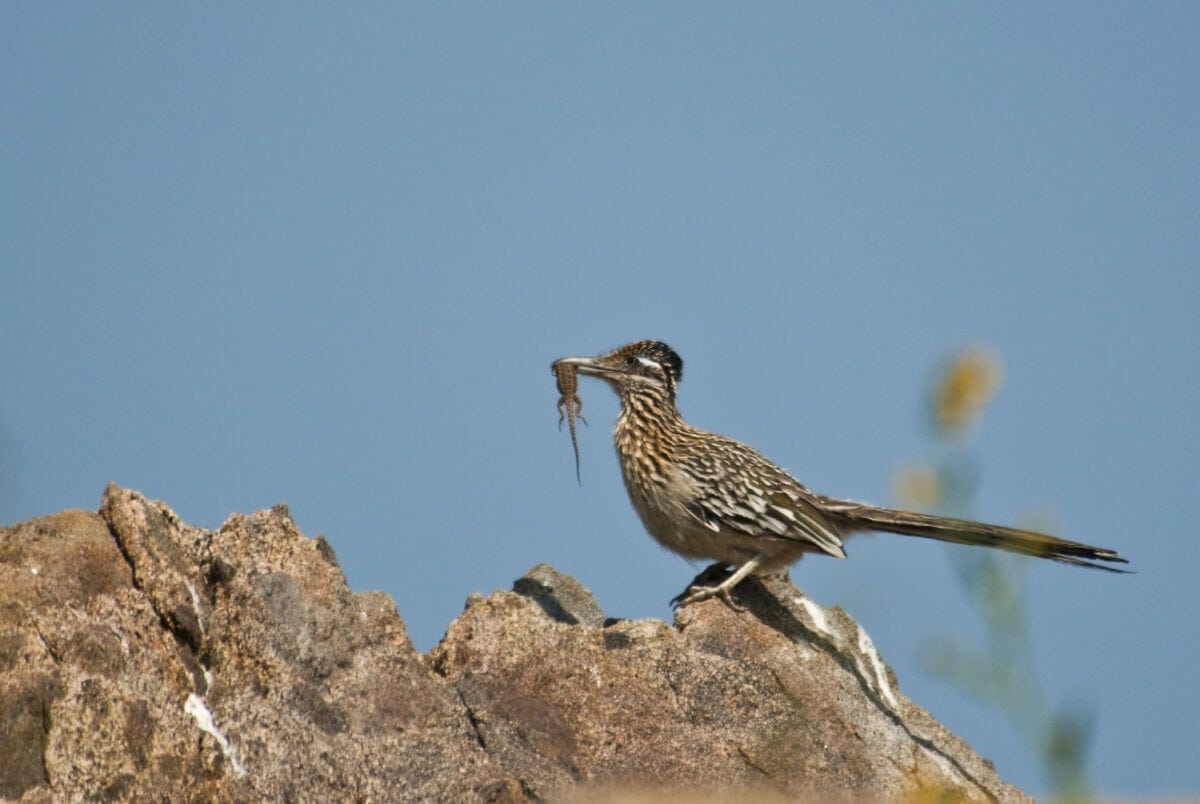
Famous for its speed and agility, this bird is a sight to behold as it dashes across the desert.
Golden Eagle
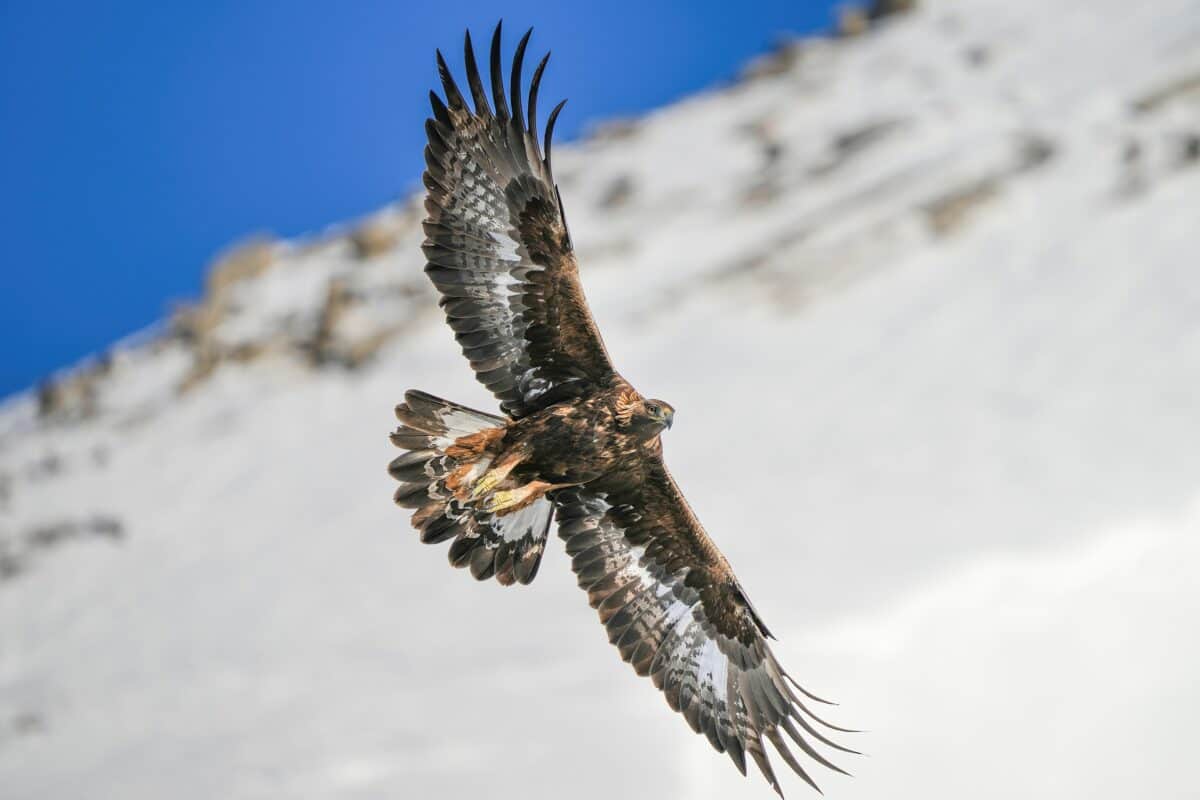
Majestic birds of prey with a vast wingspan, spotted in the skies above the park.
Redtailed Hawk
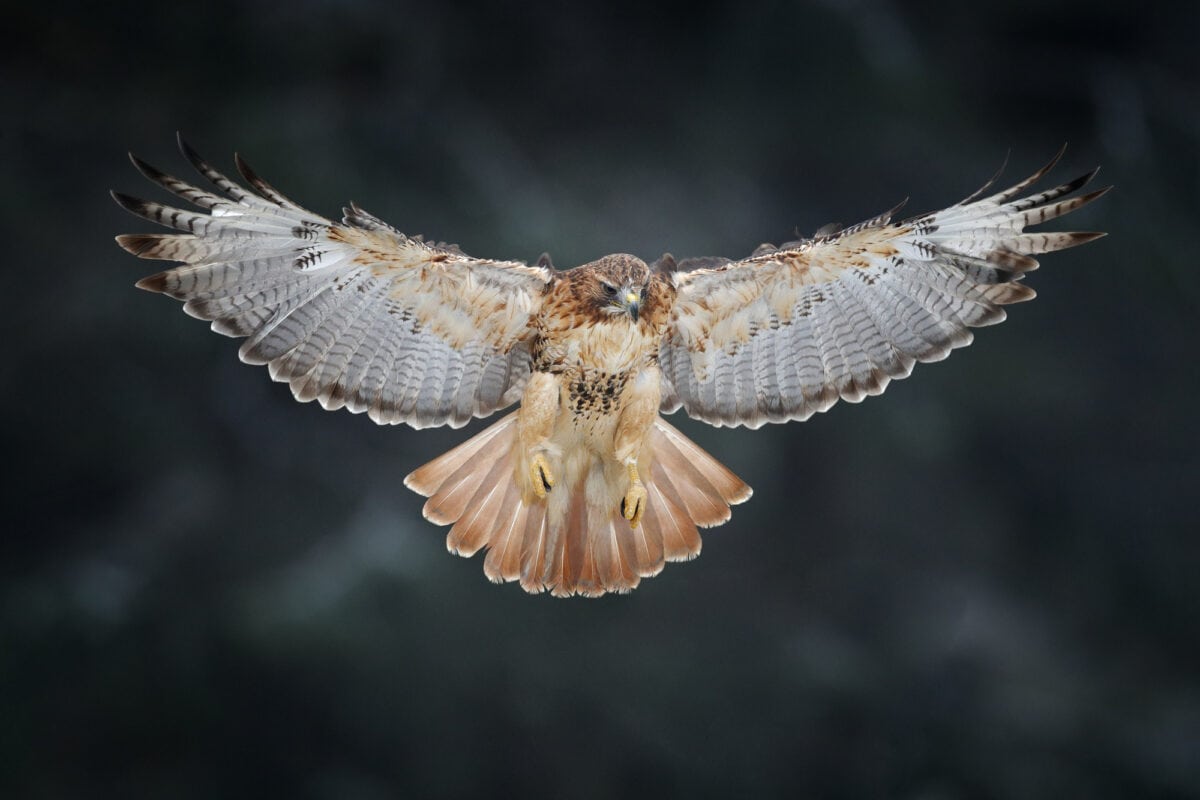
Known for their distinctive reddish tail and keen eyesight, they are often perched high up, scanning for prey.
Chuckwalla
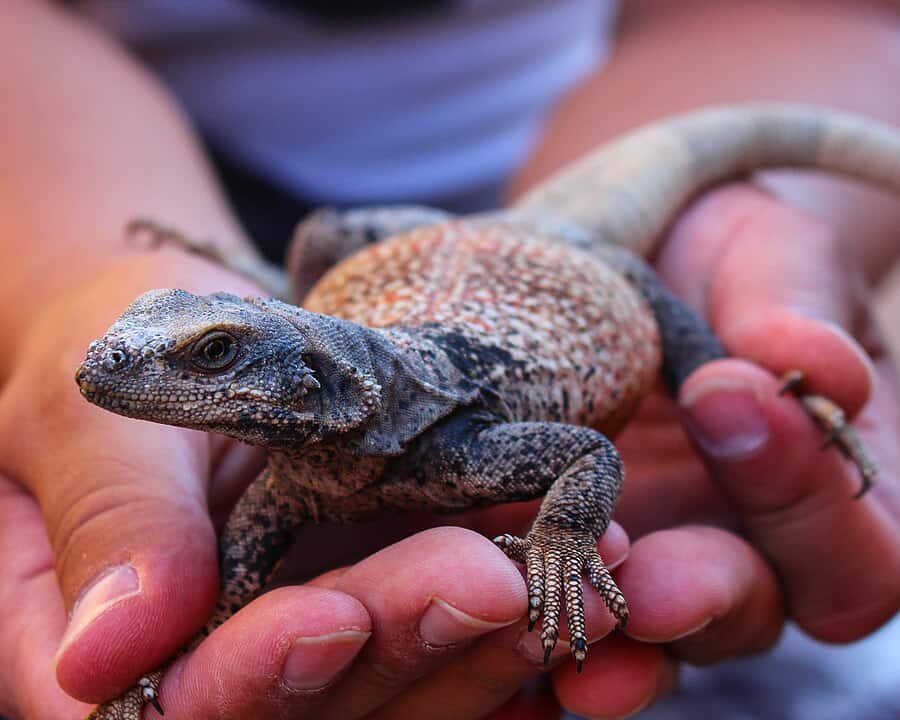
Large, chubby lizards known for their ability to inflate themselves as a defense mechanism.
Desert Iguana
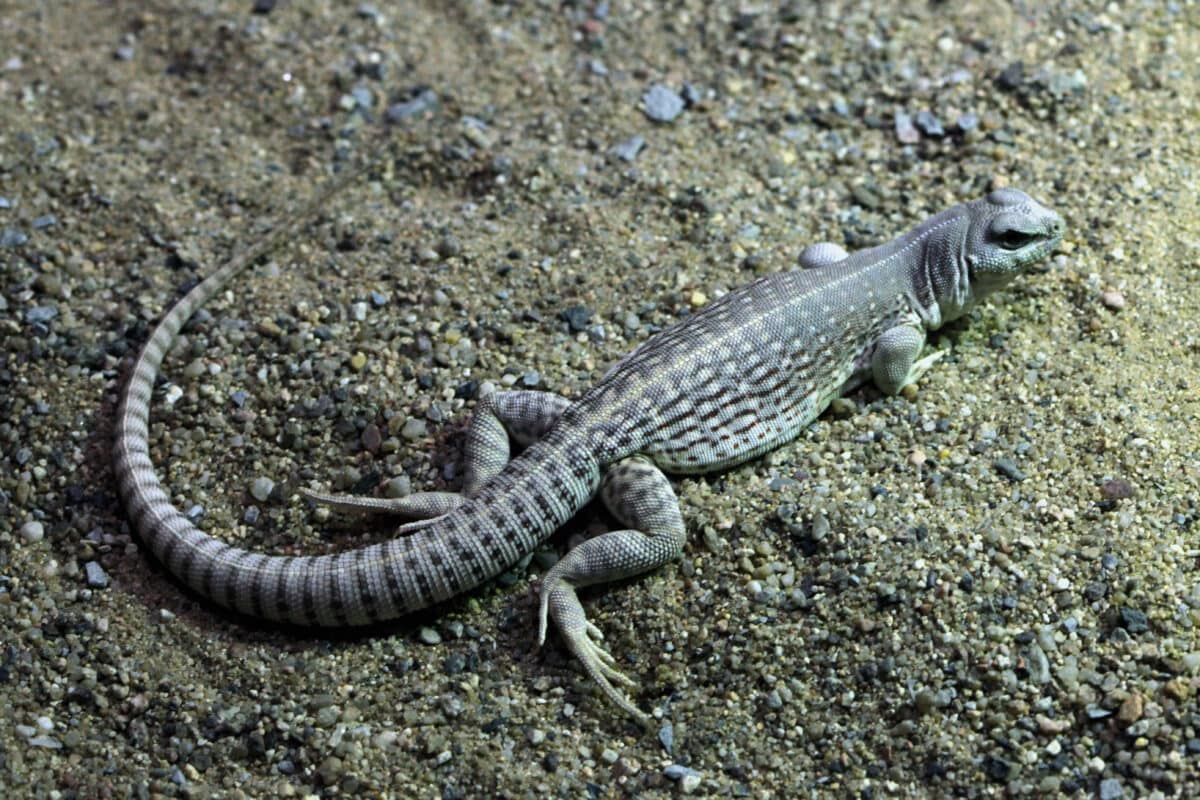
Preferring the heat, these lizards are often found in sandy environments feeding on flowers and leaves.
Sidewinder Rattlesnake
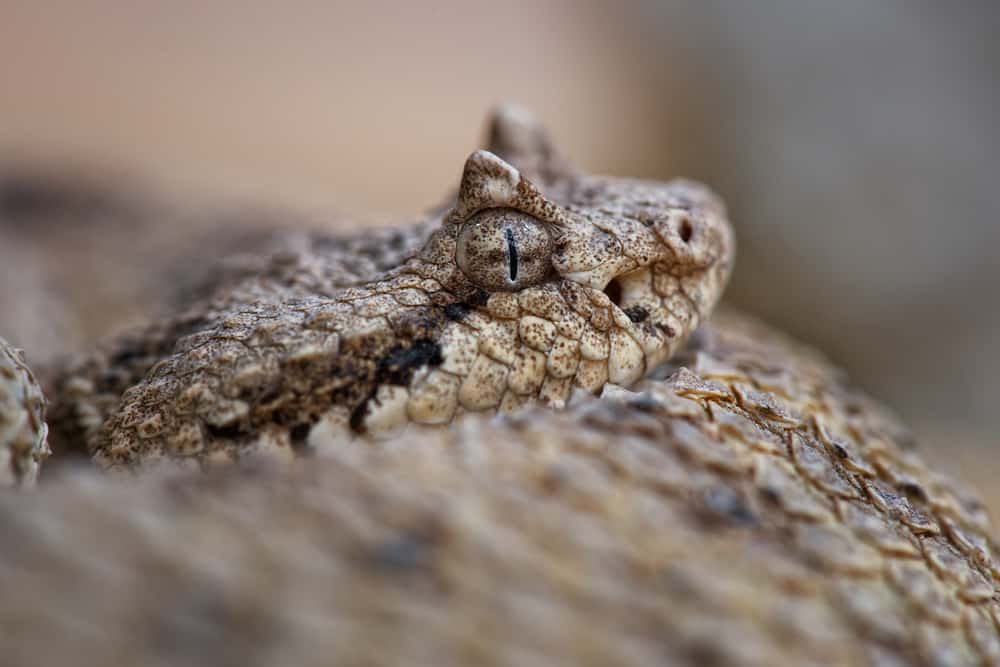
Recognizable by their unique sideways movement and horned scales above their eyes.
Tarantula
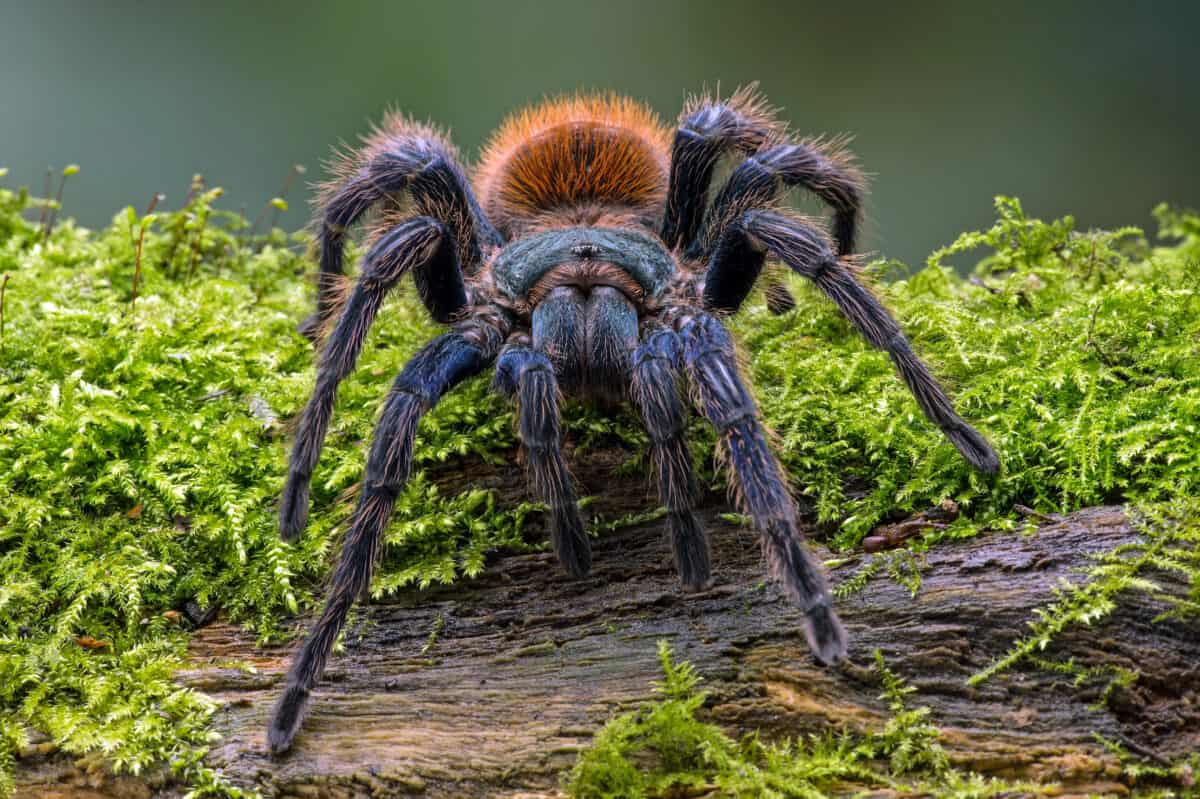
Large, hairy spiders that roam the desert floor, especially visible during their mating season in the fall.
Scorpion
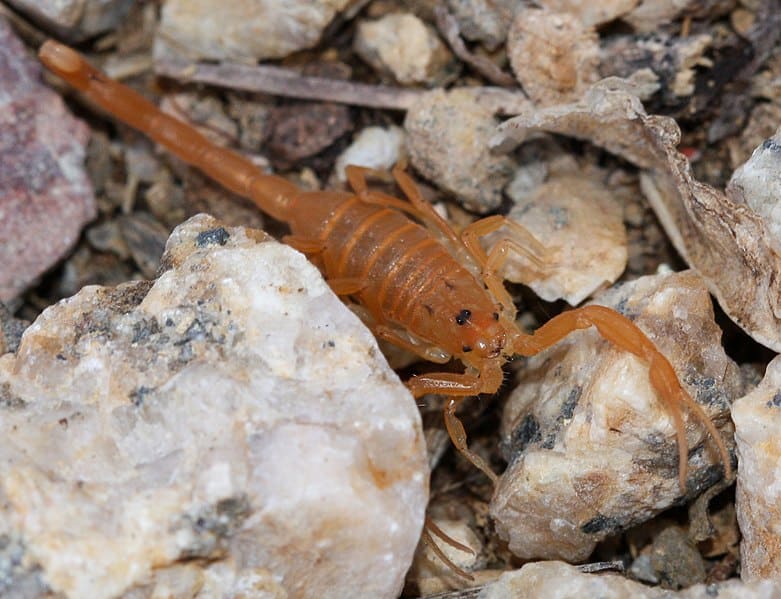
Nighttime predators that glow under ultraviolet light, known for their stinging tail.
Western Diamondback Rattlesnake
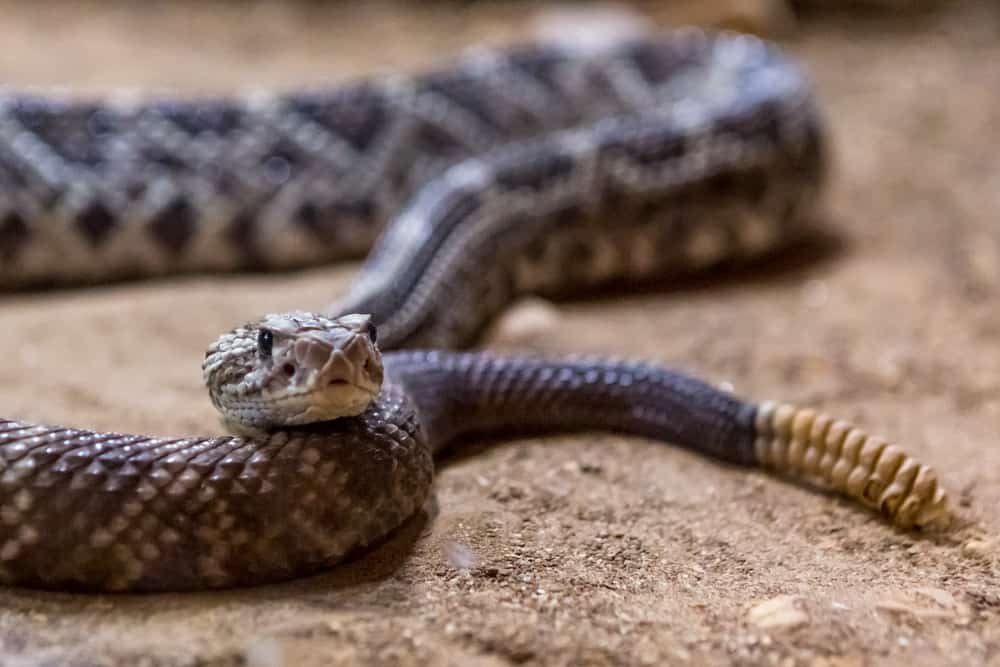
One of the largest rattlesnakes, identified by its distinctive diamond pattern.
Mojave Rattlesnake
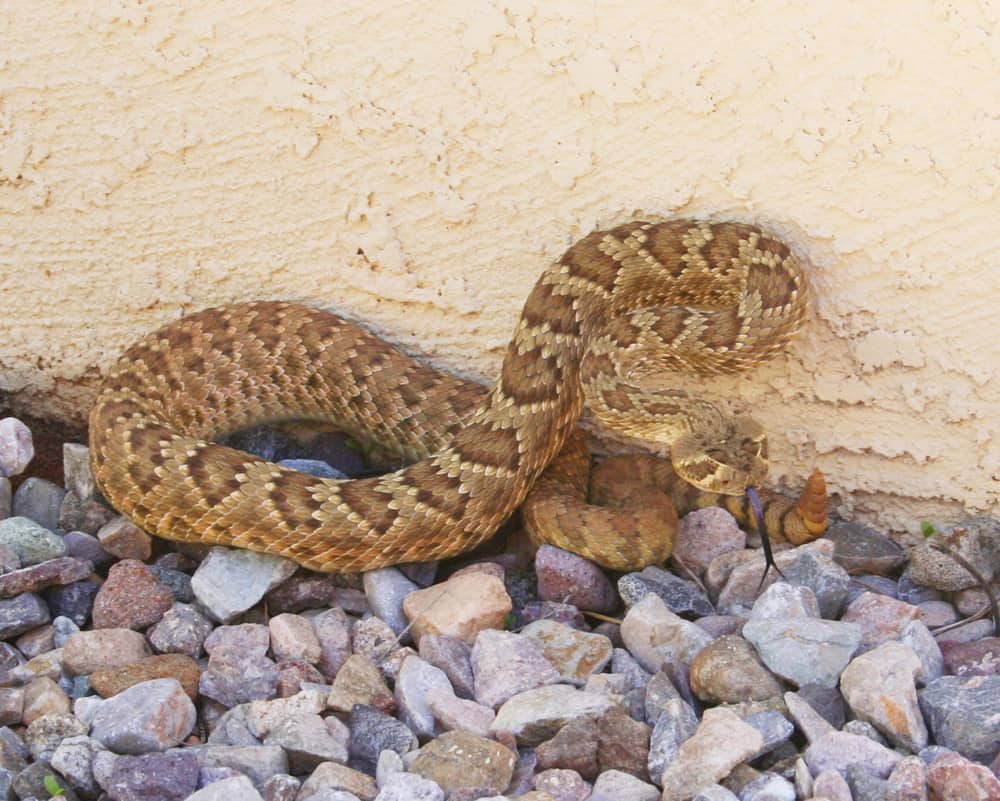
Known for being one of the most venomous snakes in North America, with a distinctive greenish hue.
Kangaroo Rat
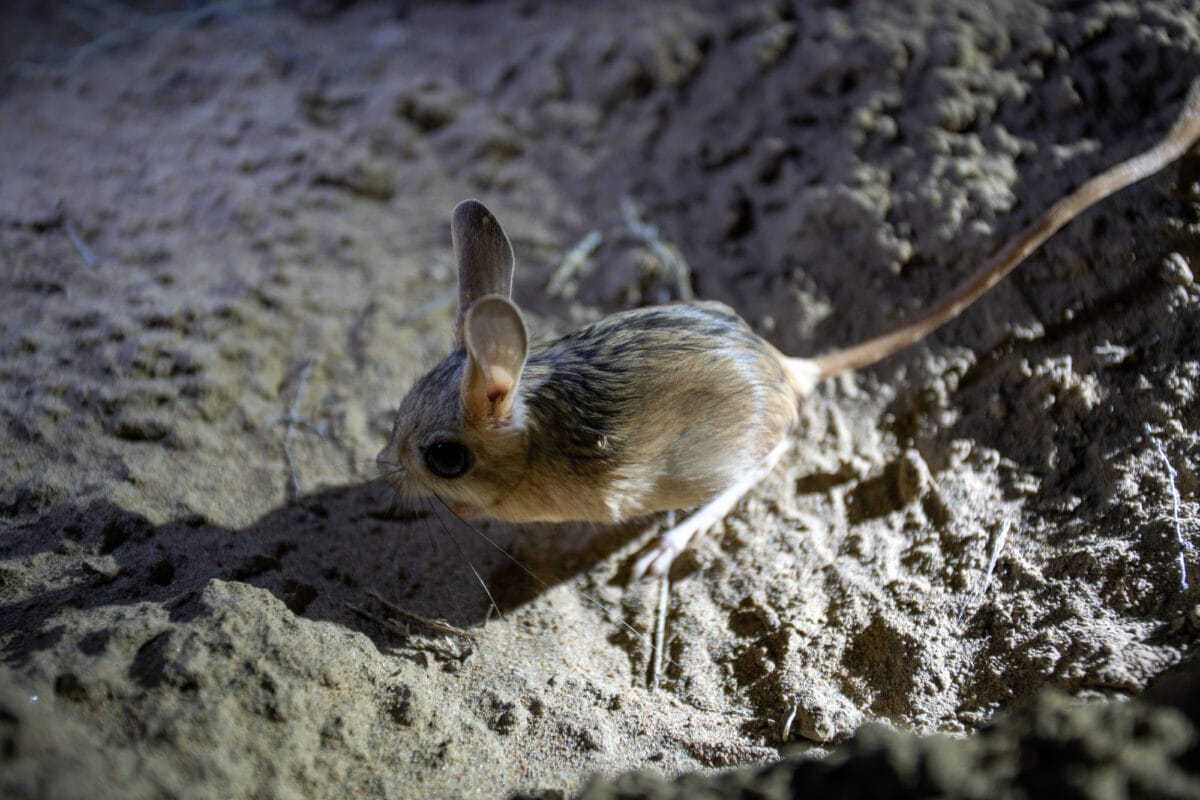
Nocturnal rodents that can survive without ever drinking water, getting moisture from their seed diet.
Antelope Ground Squirrel
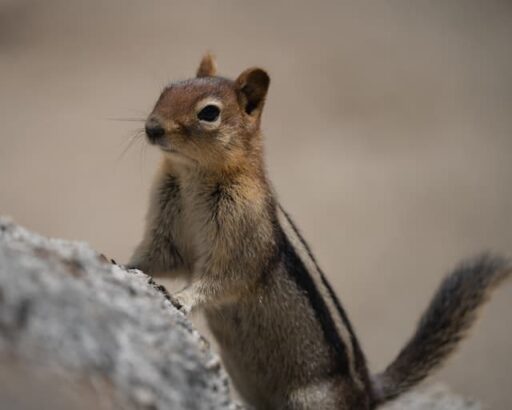
Small, speedy ground squirrels with distinctive white stripes on their sides.
Nighthawk
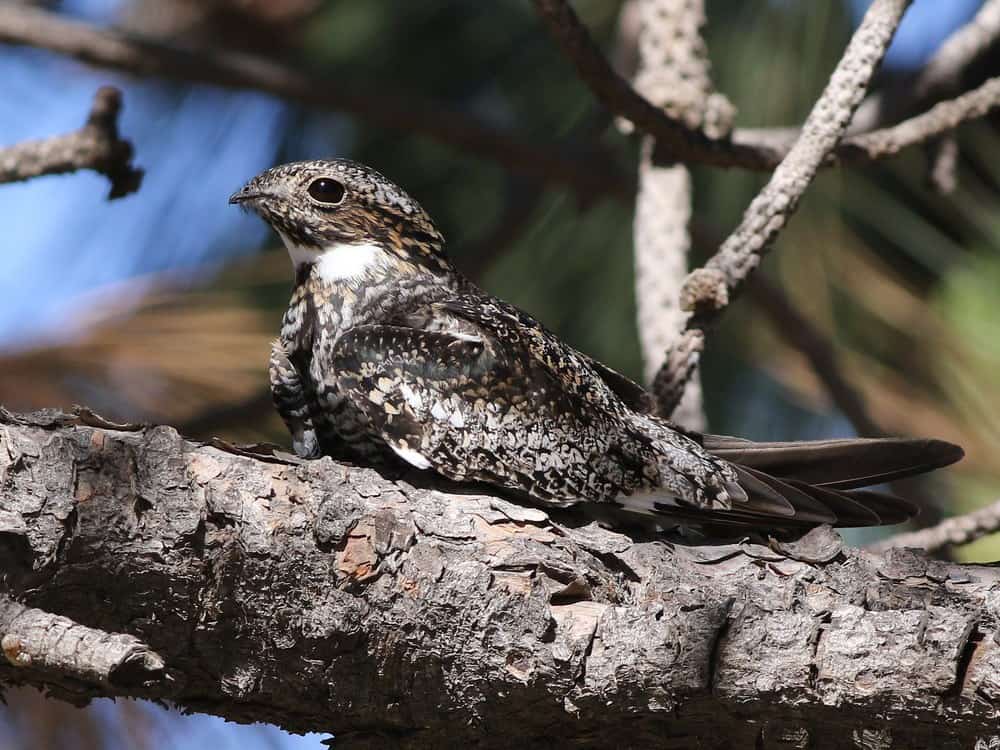
Birds that are most active during twilight, known for their silent flight.
Barn Owl
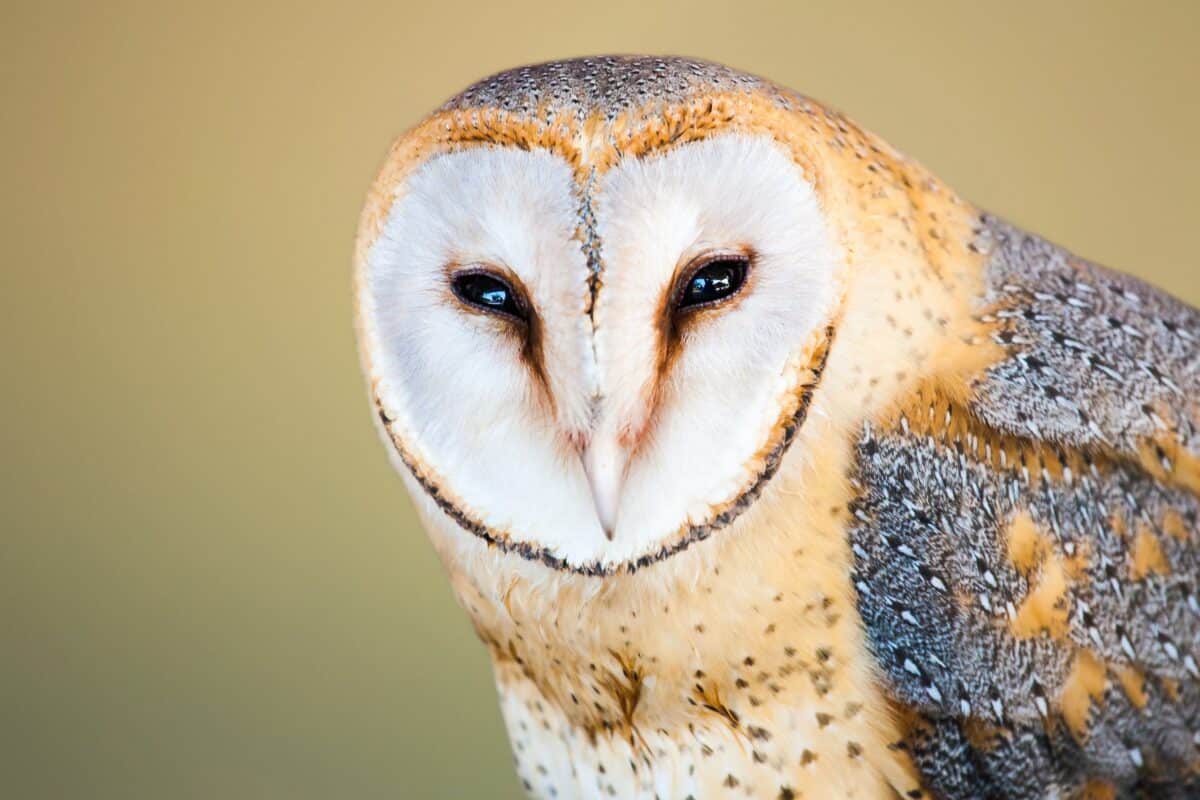
Recognizable by their heartshaped face and silent flight, they control rodent populations.
Desert Kit Fox
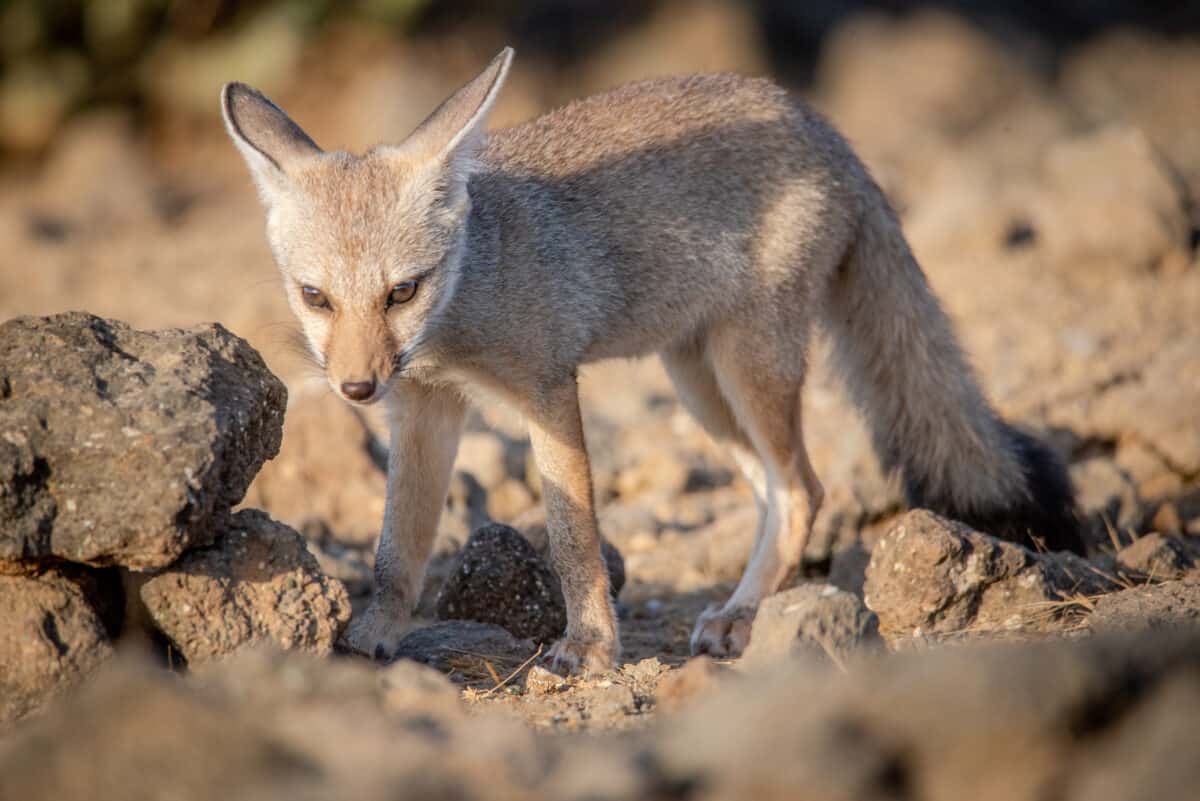
Small, elusive canines adapted to desert life with large ears for thermoregulation.
Mountain Lion
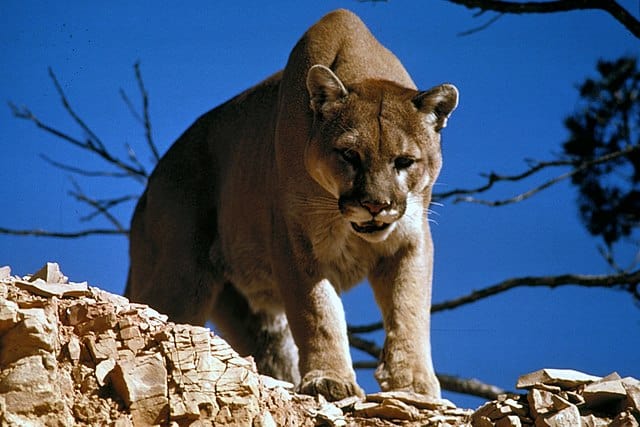
Also known as cougars or pumas, these elusive predators are the apex predators of the park.
Bobcat
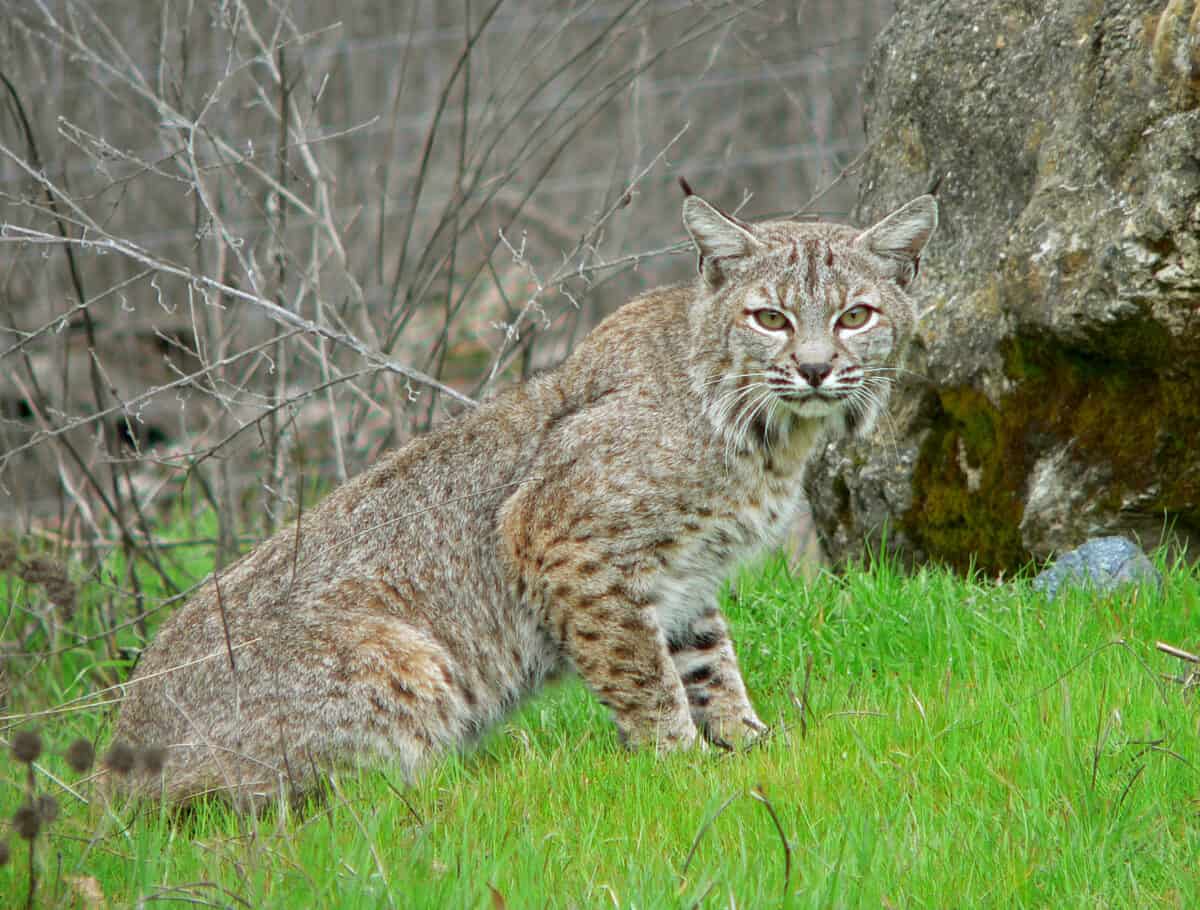
Smaller than mountain lions, these felines are distinguished by their tufted ears and bobbed tails.
Conclusion
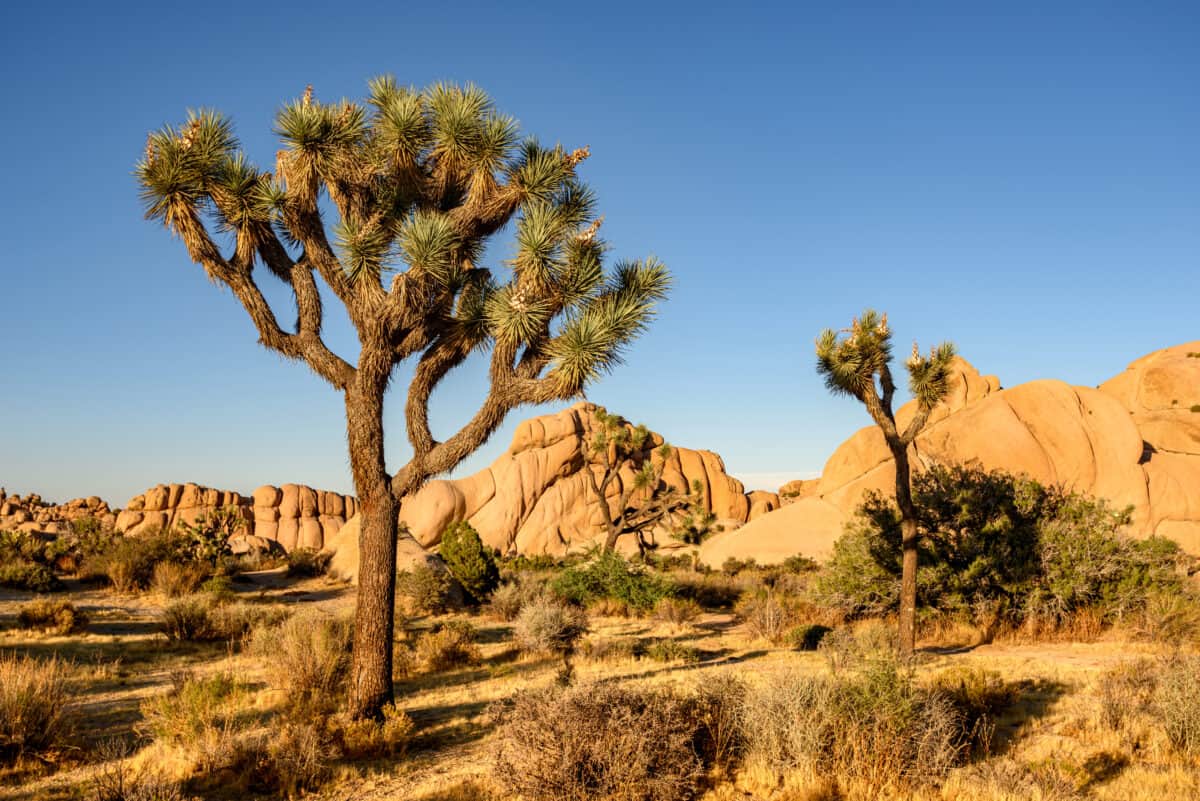
As you can see each of these animals plays an important role in their various habitats in Joshua tree. I hope you enjoyed reading about theses animals that call Joshua Tree home, to read more stories like this, check out the articles below:
- 21 Animals That Call Glacier National Park Home
- 21 Animals That Call Arches National Park Home
- The Top 21 Animals That Call Bryce National Park Home
Join our Forum for free today!

- Brown Bear Approaches And Wiggles His Foot - July 22, 2024
- Mountain Biker Has An Extremely Close-up Encounter With a Wild Giraffe - July 22, 2024
- Eagle Flies Into a Moving Car - July 21, 2024

